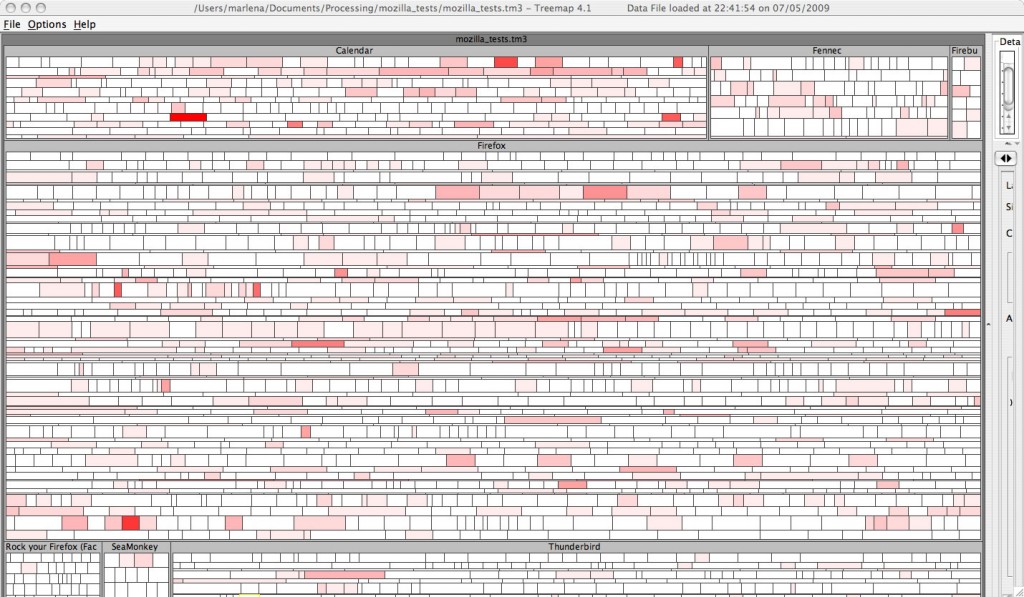Matt Heusser recently posted a testing challenge on his blog. The challenge is to create a test plan and strategy for the Socialtext’s “Activities” widget. Since I’m very curious and interested in the testing of these types of applications, I decided to put one together.
The picture is a screenshot of the app in question. This post shows a list of “tests” from the product owners. My strategy and plan are in the next post. I’m posting these concurrently, but felt the need to break them up for easier reading.
Before I plan anything, I like to have a full understanding of WHAT I’m supposed to test. The devs I work with will tell you that I ask lots of questions before I test almost anything. Maybe my questions get annoying for them, but I’d rather ask a question and be a nuisance than test something created incorrectly because of too many assumptions and not enough requirements understanding. I try to read through as much relevant documentation as possible before asking, but sometimes, in fact, many times, there is no relevant documentation.
I read through all of the blog posts and comments surrounding this test challenge before I asked questions of my own:
Is there any particular functionality the customer is looking forward to using or functionality that was given particular focus in development?
[Sure. Arguably, the main use of the app will be to see signals and changes in wiki pages. Secondarily, users will want to see things they care about (‘conversations’) and people they care about.]
I’m curious about the rss functionality. It appears that the product owners included this in the test plan. Is there more information about this?
[There’s a little RSS icon in the bottom-right. When you press the product owner, she wants it to “just work” in RSS readers. Finally, you get an exemplar reader: Google Reader. Also, you make a RSS reader widget that supports RSS 1.0, 2.0 and ATOM standards, and it needs to work on that. Does that help?]
Is there a specific reader that this connects with or is it there a list of supported readers?
[The big concern is Google Reader.]
Is the feed supposed to reflect changes in the filters or do you create a feed permanently fixed on current filter settings?
[Yes, the RSS feed link changes depending on what filters you have selected.]
The list from the product owners was fairly specific, but they still left off several items. For example, there are several items regarding being able to re-size the widget but no information about what I assume to be the settings for the widget (wrench in the upper right hand corner.) Is this test round supposed to address EVERYTHING like that or just the specifically mentioned items like re-sizing the widget height.
[Good catch! Yes, monkey-wrench is ‘settings’ and allows you to show 5, 10, 15, 20, or 25 ‘activities’ at a time.]
I also didn’t see anything mentioned about posting signals. Is posting a signal excluded from the testing?
[Yes, you can post signals from the widget. If you want to limit that out of scope to let your test plan be a reasonable size, I’d accept that. You can also REPLY to signals or Reply with a private message; and you’ll need to test that.]
“You can also REPLY to signals or Reply with a private message; and you’ll need to test that.”
In the boxes that show signals, it looks like the arrow on the right is used to reply and the envelope is used to send a message. Is that correct?
[Yes, correct]
I see names in the signals boxes are underlined. What is that and what’s the difference between that and just having a person’s name in blue. Is this another way to initiate a reply?
[A name in blue is a link to that person’s profile. (Think: Facebook ‘info’ page). A page in blue is a link to a page in the wiki; it will open in a new browser tab. Reply and Private reply are initiated at right of an activity in the activities widget. There are other ways to do it, but not on the widget, and so they are out of scope for this exercise.]
In the boxes “showing edits” I see the name of docs are in blue and are bolded. Is something special supposed to happen if I click that?







![Reblog this post [with Zemanta]](http://img.zemanta.com/reblog_e.png?x-id=88133841-9fb0-44bc-a162-353074de8762)

![Reblog this post [with Zemanta]](http://img.zemanta.com/reblog_e.png?x-id=f7bd0376-c121-4b8d-ab73-2e24462060f6)

![Reblog this post [with Zemanta]](http://img.zemanta.com/reblog_e.png?x-id=956f1572-e370-4871-8ce5-8e1ce15c4f13)
